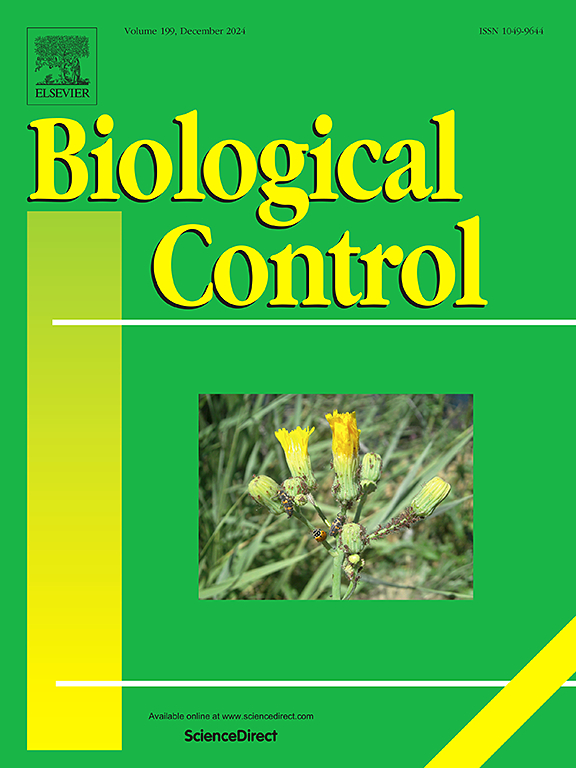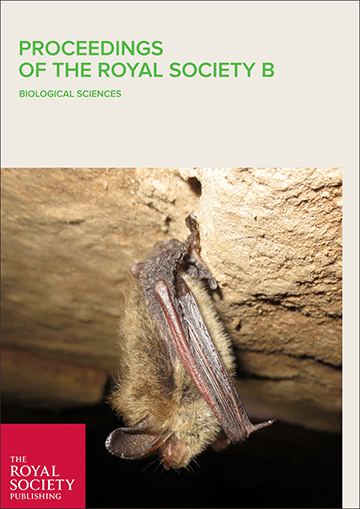Villagers in southern Sumatra collect a number of NTFPs for cash income and subsistence as a supplement to cultivated crops. Deforestation restricts the availability of NTFPs. The aim of the study was, with point of departure in Jernang, to investigate the transition between collection and cultivation of NTFPs. A village survey encompassing 57 households involved in collection, cultivation and/or trade of Jernang in two villages with high NTFP collection was carried out. The study revealed that more than 20 species or species groups of NTFPs were collected, albeit many of them only occasionally and by few people. In addition to Jernang, tree legume pods (Parkia and Archidendron) were the most collected products. Collection of most NTFPs was gendered. Jernang was almost entirely collected by men, since it implies trekking in forest and climbing. Albeit Jernang collectors found that both quantity and income from collection had declined, very few considered to abandon collection. A combination of economic incentives, poor regulations, and psycho-cultural motives for collection and connectedness to forest lead to intensive harvest. The harvest was less intense for other reported NTFPs, which was explained by shorter harvest season, non-marketable products, bulkiness and poor storability. To compensate for declining wild resources, villagers had started cultivation of some NTFPs, primarily Jernang and legume trees. For Jernang, shortage of planting material and fear of theft of fruits were seen as the greatest barriers to cultivation. The study showed that decreased availability of wild NTFPs, high prices and lack of replacement species may lead to cultivation. Adoptability was restricted by both technical problems (e.g. propagules), competition with domesticated crops, and cultural habits. The study gives an insight into the process of domestication of NTFPs at the interface between collection and cultivation.
DOI:
https://doi.org/10.1016/j.njas.2020.100325
Skor altmetrik:
Jumlah Kutipan Dimensi:



















